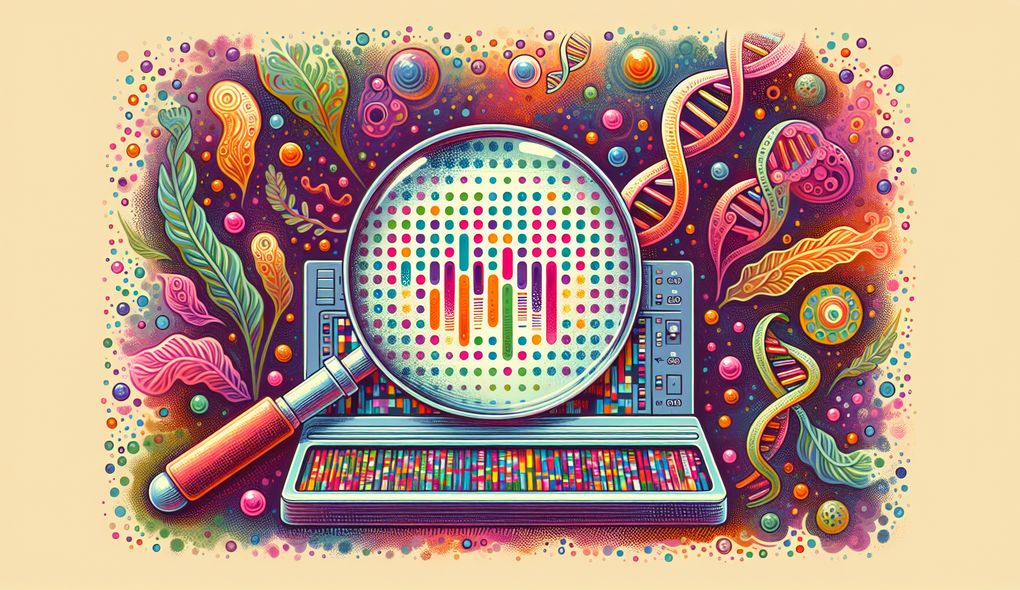Can you give an example of a project where you had to present complex data to a non-technical audience?
INTERMEDIATE LEVEL
Sample answer to the question:
In my previous role as a Bioinformatics Analyst, I worked on a project where I had to present complex genomic data to a non-technical audience. The project involved analyzing data from microarray experiments to identify gene expression patterns. When presenting the data, I used data visualization techniques to create clear and concise charts and graphs that highlighted the important findings. I also prepared a detailed presentation explaining the analysis methods and the significance of the results. To ensure that the audience understood the information, I focused on simplifying complex scientific terms and using layman's terms to explain the findings. The presentation was well received, and the audience was able to grasp the key insights from the data.
Here is a more solid answer:
In my previous role as a Bioinformatics Analyst, I had the opportunity to work on a project where I had to present complex genomic data to a non-technical audience. The project focused on analyzing microarray data to identify gene expression patterns in cancer cells. When preparing the presentation, I utilized data visualization tools to create interactive graphs and charts that made it easier for the audience to comprehend the findings. Additionally, I developed a storytelling approach, starting with an engaging introduction to capture their attention and then gradually delving into the analysis methodology and results. I made sure to use simple language, avoiding jargon, and provided real-life examples to explain the significance of the findings. The presentation was well-received, and the audience appreciated the clarity and relevance of the information.
Why is this a more solid answer?
The solid answer provides more specific details about the project, including the focus on analyzing microarray data to identify gene expression patterns in cancer cells. It highlights the candidate's use of data visualization tools, storytelling approach, simplicity in language, and real-life examples. The answer demonstrates the candidate's ability to effectively communicate complex information to a non-technical audience. However, it could be improved by including specific examples of the interactive graphs and charts used in the presentation.
An example of a exceptional answer:
During my time as a Bioinformatics Analyst, I worked on a groundbreaking project where I had to present complex genomic data to a non-technical audience. The project involved analyzing microarray data from a large-scale study on neurodegenerative disorders. To ensure the audience understood the data, I took a multi-modal approach to the presentation. I used interactive visualizations to highlight key findings and allow the audience to explore the data themselves. Additionally, I created a video demonstration that walked through the analysis process step-by-step, making it accessible even to those with limited scientific background. To engage the audience further, I incorporated patient testimonials and personal stories to illustrate the impact of the research. The presentation received rave reviews, with audience members expressing their appreciation for the clarity and innovative delivery of the complex data.
Why is this an exceptional answer?
The exceptional answer goes above and beyond by providing additional details about the project, such as the focus on neurodegenerative disorders and the use of interactive visualizations and video demonstrations. It also mentions the incorporation of patient testimonials and personal stories to engage the audience emotionally. The answer showcases the candidate's exceptional communication and presentation skills, effectively conveying complex data in an innovative and impactful manner.
How to prepare for this question:
- Familiarize yourself with data visualization tools and techniques, such as creating interactive graphs and charts.
- Practice simplifying complex scientific terms and explaining technical concepts to a non-technical audience using layman's terms.
- Consider incorporating storytelling elements into your presentation to make it more engaging and relatable.
- Explore ways to make your presentation interactive, such as incorporating videos or allowing the audience to explore the data themselves.
- Stay updated on the latest research and developments in your field to provide relevant and compelling context to the data you present.
What are interviewers evaluating with this question?
- Communication and presentation
